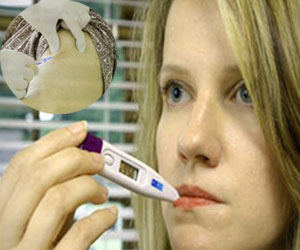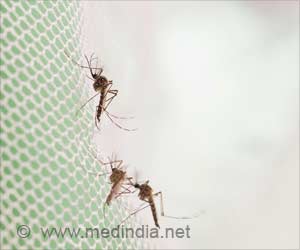A NCDC team will probe the nine deaths due to a mysterious viral fever in Goa and give expertise in prevention and control measures in the affected areas.

A statement issued by the DHS on Wednesday, said, "KFD is caused by a similarly named virus which was first identified in 1957, when it was isolated from a sick monkey from the Kyasanur Forest in Karnataka. Since then, between 400-500 humans cases per year have been reported.
Hard ticks (Hemaphysalis spinigera) are the reservoir of KFD virus and once infected, remain so for life. Rodents, shrews, and monkeys are common hosts for KFDV after being bitten by an infected tick. KFDV can cause epizootics with high fatality in primates. Transmission to humans may occur after a tick bite or contact with an infected animal, most importantly a sick or recently dead monkey.
Large animals such as goats, cows, and sheep may become infected with Kyasanur Forest Disease but play a limited role in the transmission of the disease. There is no evidence of disease transmission via the unpasteurized milk of any of these animals. The fatality rate of the disease is between 3-5%."
Source-Medindia









